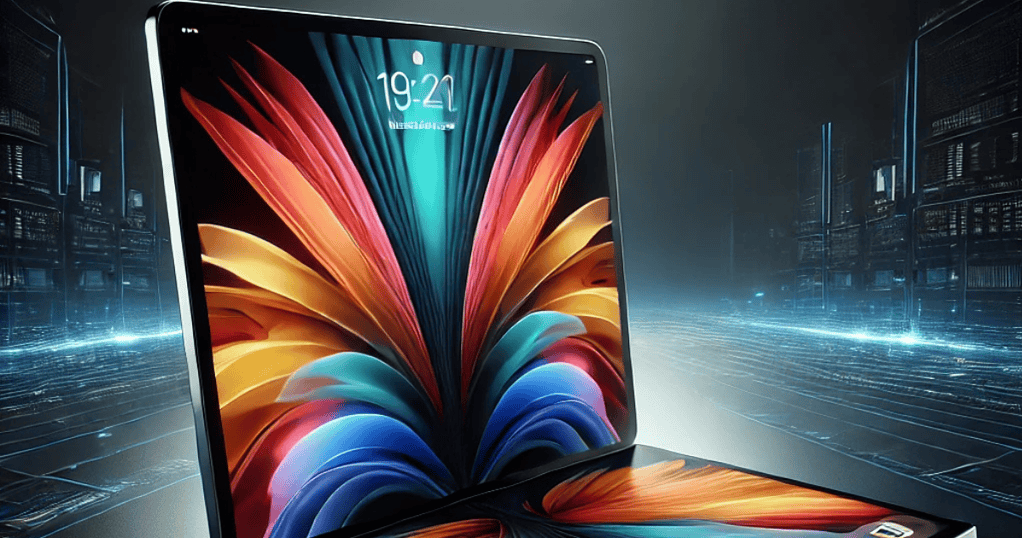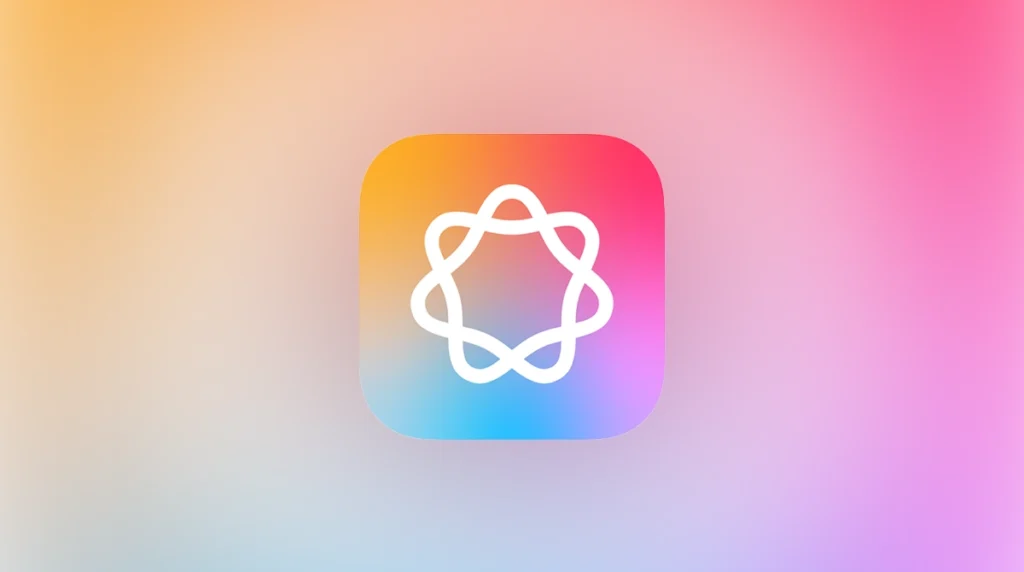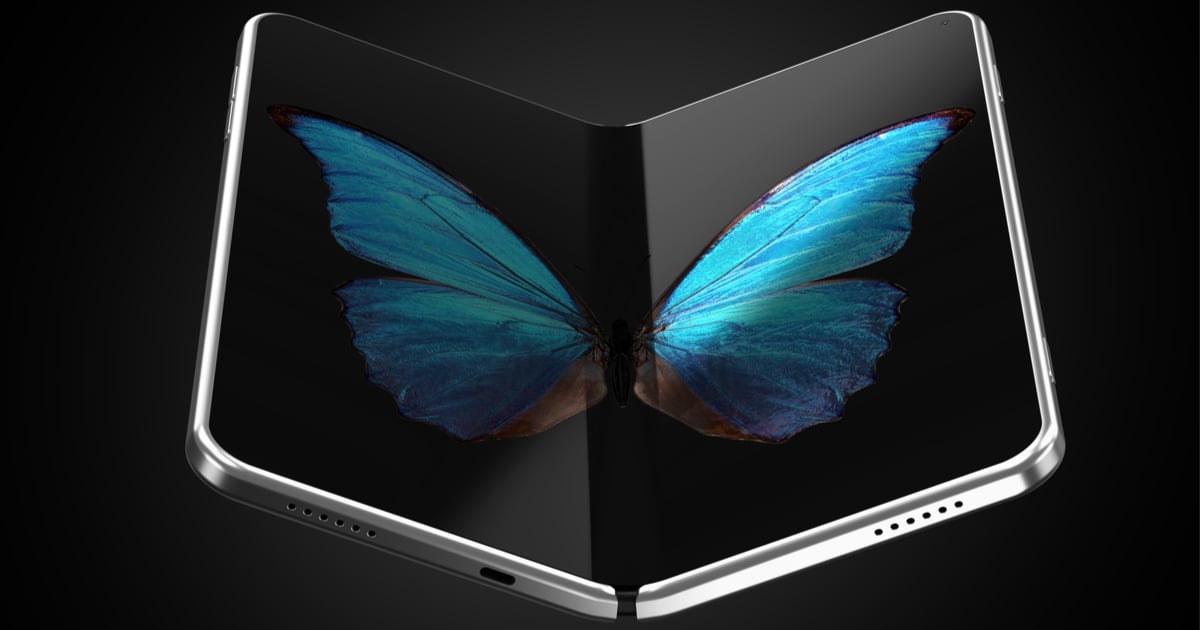There was a time when people made fun of the iPhone 6 Plus for being too big. Funny enough, we’ve just hit the opposite problem: even Pro models now feel “small.” I think the primary reason is that a huge part of our day happens digitally. From doomscrolling on TikTok to publishing marketing campaigns, the average iPhone can handle a ridiculous range of tasks.
For all its power, it’s a bit disappointing that the iPhone still can’t do split-screen multitasking, run Pro apps, or support Apple Pencil. Based on recent leaks, however, a foldable iPhone model could be the solution. It might give us an iPad-style workspace with room for stylus input and side-by-side apps. Here’s everything I hope the rumored foldable smartphone gives us.
1. True iPhone–iPad Hybrid Experience

According to MacRumors, Apple’s foldable prototype leans more toward a tablet-style form factor than a compact flip phone. This design could finally bring multitasking to the iPhone. We might see the same kind of split-screen, drag-and-drop, and floating window support currently seen on iPadOS.
Hybrid functionality will change how you use your phone throughout the day. You could check your email while referencing a PDF, drag photos directly into messages, or run two apps side-by-side in a workflow that feels natural. For users who travel frequently or want to stay productive on the go, not having to lug around both your iPhone and iPad will definitely be convenient.
2. Apple Pencil Support in a Pocketable Device

One of the reported internal goals for Apple’s foldable iPhone is Apple Pencil compatibility. That would be a first for the iPhone lineup, opening up new creative and professional use cases. With Pencil input on a foldable screen, you would get precision interaction for drawing, note-taking, and markup without sacrificing portability.
Students, creatives, or field workers who want to sketch diagrams, sign documents, or annotate files on the fly would find this feature helpful. Today, that workflow demands a second device. With a foldable iPhone that supports Pencil, the same functionality becomes available in a device that fits in your pocket.
3. No Visible Display Crease

A huge visual drawback of current foldables is their screen crease. But online forum discussions and rumors, Apple could develop a multi-gear hinge that hides the crease entirely when unfolded. This design goes beyond aesthetic improvement. It protects the screen’s structural integrity and creates a smoother, more immersive experience when interacting with content.
Whether you’re reading an article, sketching a design, or watching a video, a smooth display would eliminate distractions and make the screen feel like a single, unified surface. For users coming from iPad or Mac, that level of polish matters. It helps the foldable feel like a legitimate extension of Apple’s larger-screen devices rather than a compromised hybrid.
4. Software That Adapts Intelligently to Folded States

Apple has a track record of optimizing software around hardware form factors (i.e., Stage Manager and iPadOS). It’s likely the foldable iPhone will ship with a custom version of iOS that adapts UI layouts based on whether the device is open or folded. That means compact apps when closed, and an expanded, multitasking-friendly layout when unfolded.
Intelligent OS UI would make the foldable iPhone feel purpose-built rather than retrofitted. Instead of stretching phone elements across a tablet screen (which is something Android foldables often struggle with), you’d get a responsive layout. That could lead to better ergonomics, fewer taps, and smarter task switching across everyday apps.
5. A Better Platform for Apple Intelligence and Pro Apps

With Apple Intelligence set to roll out in iOS 18 and macOS 15, Apple’s foldable iPhone could become an ideal platform for on-device AI. A larger screen means more room for interactive summaries, smart replies, or real-time transcription. Basically, it’s a huge plus for any feature that utilizes extra visual space and multitasking support. Combined with M-series chip performance, the device could also support scaled-down versions of Pro apps like Logic Pro or Final Cut.
If executed correctly, the foldable iPhone could become a lightweight workstation. I don’t think an A-series chip can beat the Mac’s M-series lineup, but it can at least compete with most iPad models. You can edit audio clips, review large spreadsheets, and run an AI assistant alongside other tools.
We can only speculate at this point. That said, we can also make an informed guess based on all the rumors and leaks making rounds online. It’s all about filtering out misinformation. If you’re curious to learn more, here’s everything we know about the foldable iPhone.
